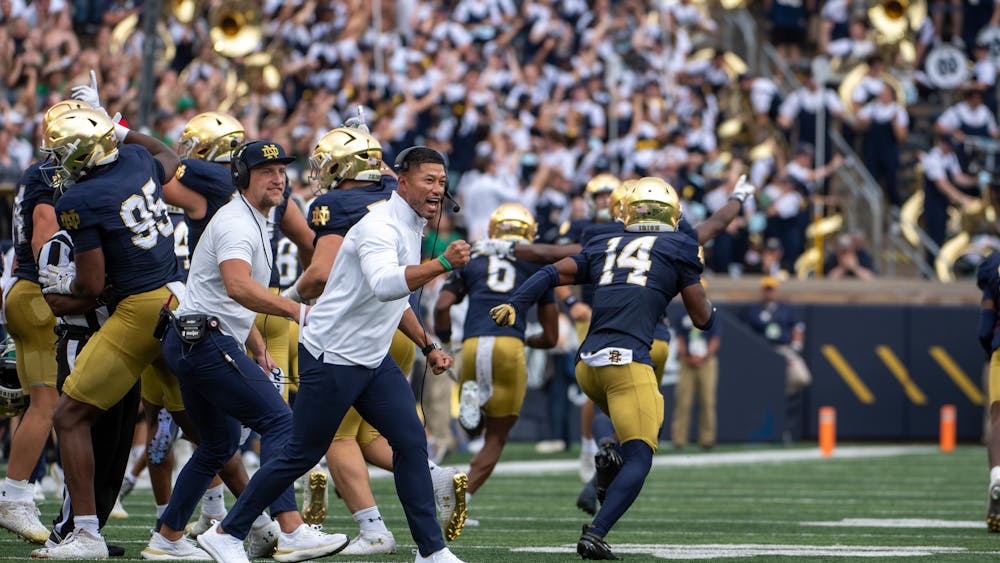If you were standing on the surface of the moon late Sunday night during the lunar eclipse, this is what you would have seen: the dark shadow of the Earth obscuring the sun. The sun itself hidden from view, a few rogue rays of light shoot around the edges of the shadow creating an uneven, glowing semicircle. Those rays of light make up the sunrises and sunsets taking place on Earth at that precise moment.
Standing on the surface of the Earth late Sunday night, this is what I saw: the so-called “super blood wolf moon,” framed against a clear and sparkling sky. Eager to witness the spectacular show but wary of frostbite, I darted inside and outside every half hour as the moon rose higher. At first, the luminous object looked almost comical, like a large celestial snowball with a bite taken out of it. As totality edged nearer, it took on a reddish hue — the reflection of the sunrises and sunsets. Its light dimmed, revealing, if you squinted for them, the surrounding stars, which are often rendered invisible in the moon’s bright reflective light.
At a quarter past midnight, I stood on the asphalt outside of my apartment complex, my breath rising in clouds as the cold settled in my toes, looking up.
As I’ve moved through my week since the eclipse, the image of an orangey-red moon persists at the border of my subconscious. I see amber everywhere: sweaters, notebooks and Instagram posts. Images of the eclipse resurface in my social media feeds — one of the rare instances where I don’t mind the algorithm’s unnerving ability to pinpoint my interests. Residents of North America, South America, the northwest part of Africa and bits of Europe all witnessed parts of the lunar show, and it seems like everyone decided to take a picture. As I tap and scroll, I find photo after photo. Here is a series of orangey orbs traveling through the night sky in England, here it is in Chicago, here again high over Rio de Janeiro. Lunar eclipses are fleeting, but in its digital footprint, the event outlives itself, and I relive it again and again.
It’s hard not to try to pin a meaning on the lunar event that ushered in the year. I prefer to think of it as a beckoning into a new and final semester. Many sunrises and sunsets glisten around the turn.
Super blood wolf moon
The views expressed in this column are those of the author and not necessarily those of The Observer.









